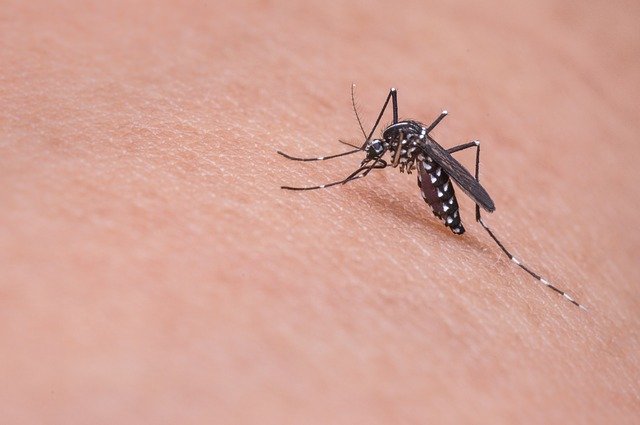


Mosquitoes belong to the same group as flies, Diptera. That is why they have a single pair of wings. Mosquitoes typically have long, thin legs and a head featuring a prominent proboscis. Mosquito bodies and wings most often are covered in tiny scales. Adult sizes may range from 3 to 9 mm.
Mosquito treatment is usually an integrated effort involving source reduction plus the use of chemical control products when needed. Since mosquitoes breed in water, we target and eliminate water sources favorable for mosquito breeding. While source reduction is the more effective long-term approach to mosquito treatment, the mosquito treatment plan may require using chemical products to supplement source reduction.
Our mosquito control plan begins with our Greencare technician conducting a thorough property inspection and identifying the type of mosquitoes out there.
Once the inspection is complete, our pest control technician will prepare a mosquito treatment plan that provides recommendations and implementation for both source reduction and necessary chemical product use.
Some of the recommendations might include the following.
Source Reduction
Chemical Treatments:
All our Greencare technicians are trained to help manage mosquitoes and similar pests. Since every building or home is different, our Greencare technician will design a unique program for your situation.
Male adult mosquitoes do not feed on blood, while female ones do in order to produce eggs. However, a few species of mosquitoes do not feed on blood at all, and instead feed on plant nectar and other sugars.
Mosquitoes in the Home
When mosquitoes find their way inside your home through an open door or window, they usually rest in dark, hidden areas, but will come out at night in search of a blood meal. Homeowners sometimes find mosquitoes under sinks or in closets and laundry rooms.
Mosquitoes in the Yard
Mosquitoes breed in standing water, so properties near ponds, marshes, and depressions that collect rainwater are at risk. Some mosquito species are active at different times of the day, but most emerge just before dusk and are active at night.
Mosquitoes can transmit several dangerous illnesses to humans, including Zika virus. This rare disease affects pregnant women and may lead to birth defects. These mosquito-borne diseases may also have serious side effects.
Signs of mosquito activity include the buzzing of the females and their potential bites. People have differing reactions to bites, ranging from mild irritation to intense inflammation and swelling. The presence of standing water can also provide the optimal environment for mosquito reproduction. Nymphs are found in standing water areas such as water bowls for pets, potted plants, bird feeders, and stagnant ponds.
Mosquitoes are best known for the habits of the adult females which often feed on blood to help generate their eggs. The lesser-known side is that mosquito adults, males, and females, also feed on nectar from flowers. Their immature stages usually are located in standing, preferably stagnant, water. The larvae feed on a variety of materials, depending on species.
What Do Mosquito Larvae Eat?
Most consume organic flotsam and tiny aquatic organisms. However, some species are predatory and will consume other mosquitoes. Adult mosquitoes prefer to be most active from dusk until dawn but can become active with sufficient cloud cover or in dark shady areas. They do not prefer to be active in the sunshine since they may desiccate and die.
Mosquitoes or Flies?
Mosquitoes can be confused with flies. Mosquitoes have long legs, and a long proboscis or “nose” that female mosquitoes use to “bite” people and pets to draw blood, needed to lay eggs. Most flies won’t bite and even long-legged flies are usually much smaller than mosquitoes. Mosquitoes are pesky pests and can spread diseases such as West Nile Virus, dengue, and malaria. More commonly, though, mosquitoes threaten family events more than health.
Reproduction
Males have feathery antennae they use to locate females. After mating, females typically seek a blood meal to aid in egg production. She often lays them in standing pools of water, but manmade sources can include bird baths, buckets, and even mud puddles. Egg numbers vary from species to species but can be as much as over 100 eggs in a single laying.
Stages of Development
Wormlike larvae, called
wigglers because of their wiggling swimming motion, hatch. They feed
until ready to molt into pupae. The pupae are called tumblers, again due
to their tumbling motion in the water. Adults emerge from the pupae
onto the water surface where their exoskeleton hardens.
Difference between male and female mosquitoes
Most of the differences between male and female mosquitoes are
hard to see without using a magnifying glass or a dissecting
microscope. However, other differences are fairly easy to see if you
know what you’re looking for. Differences between male and female
mosquitoes include:
If you cannot find the answer to your question in our FAQs, you can always Contact Us . We will answer you shortly!